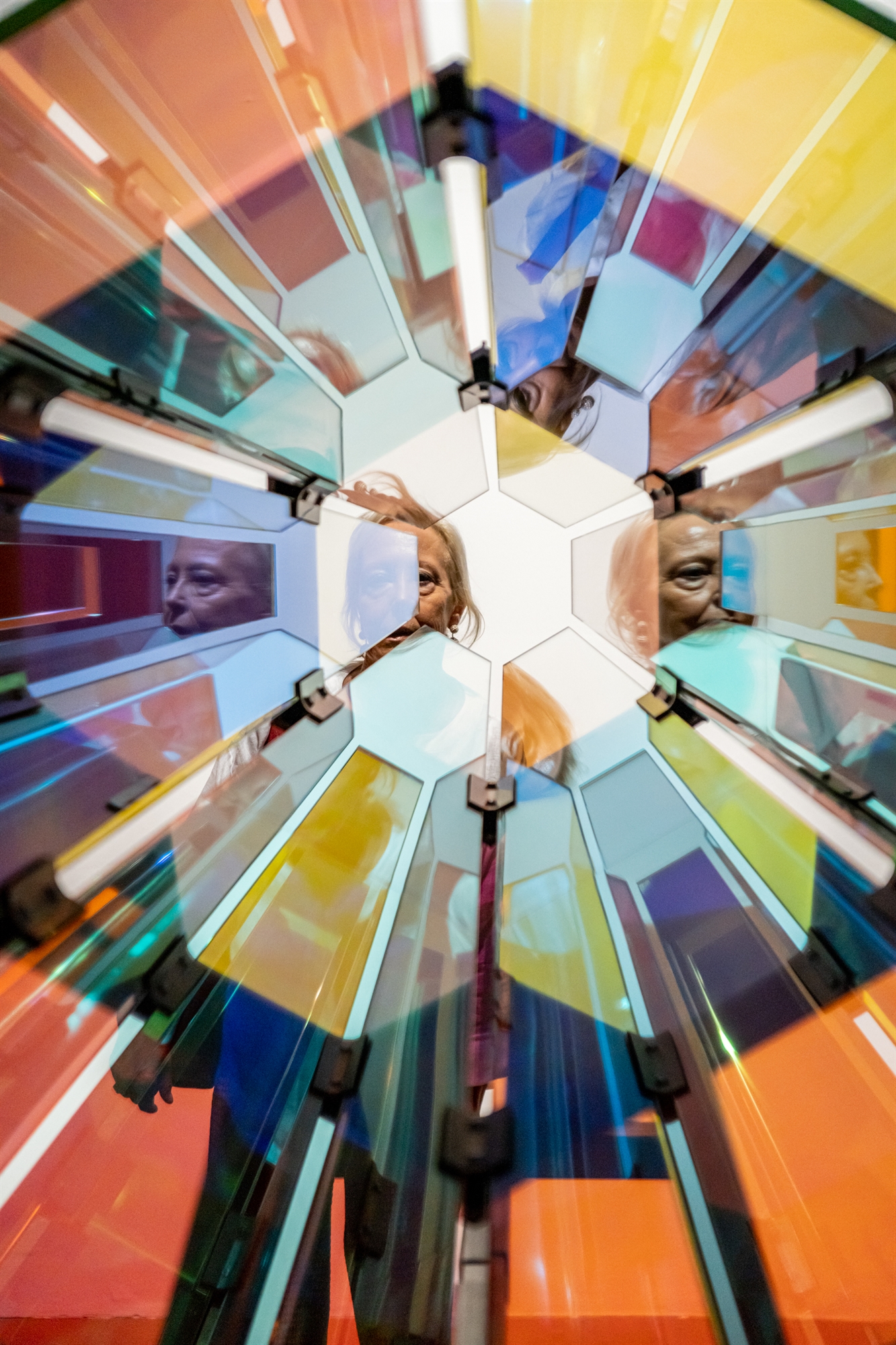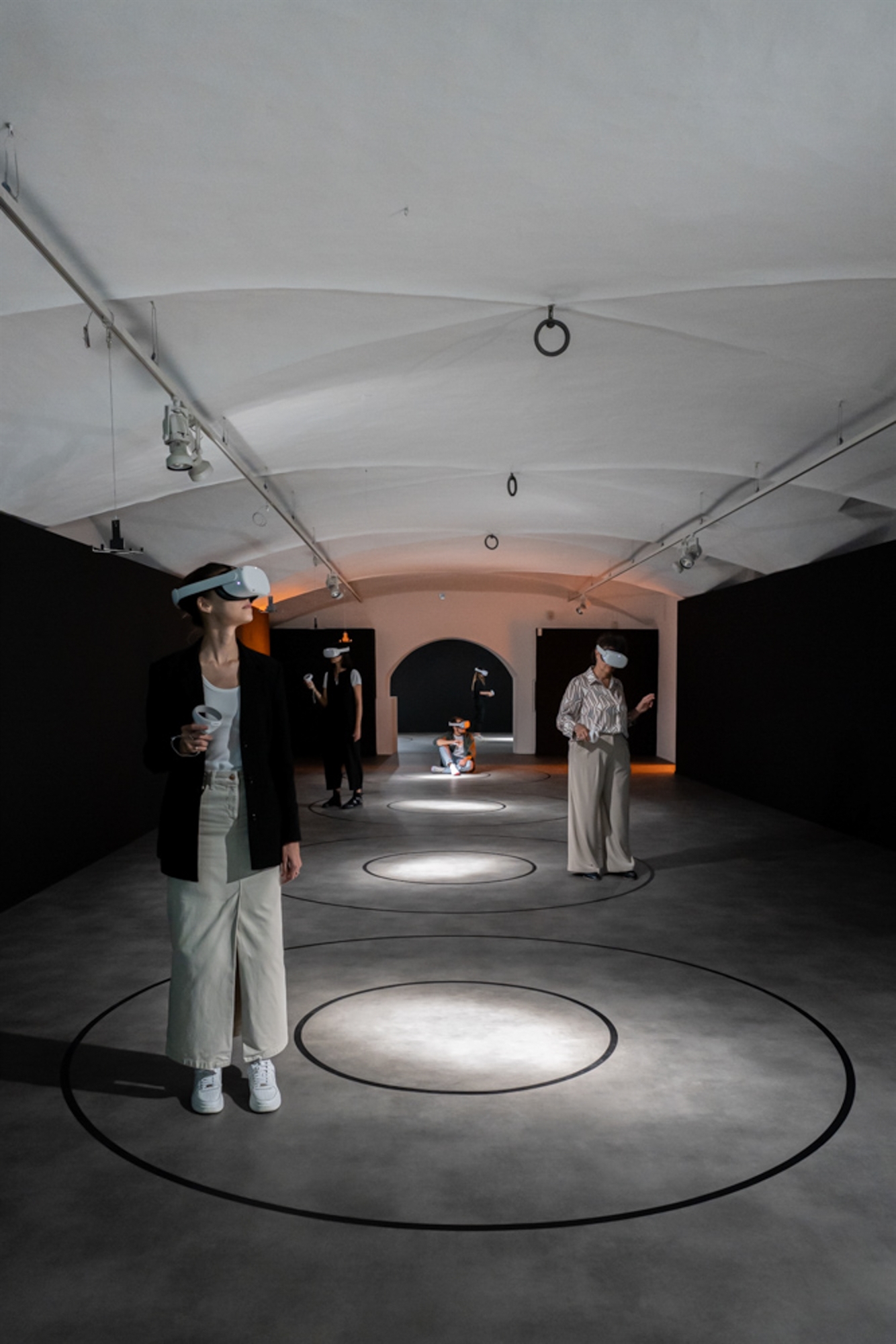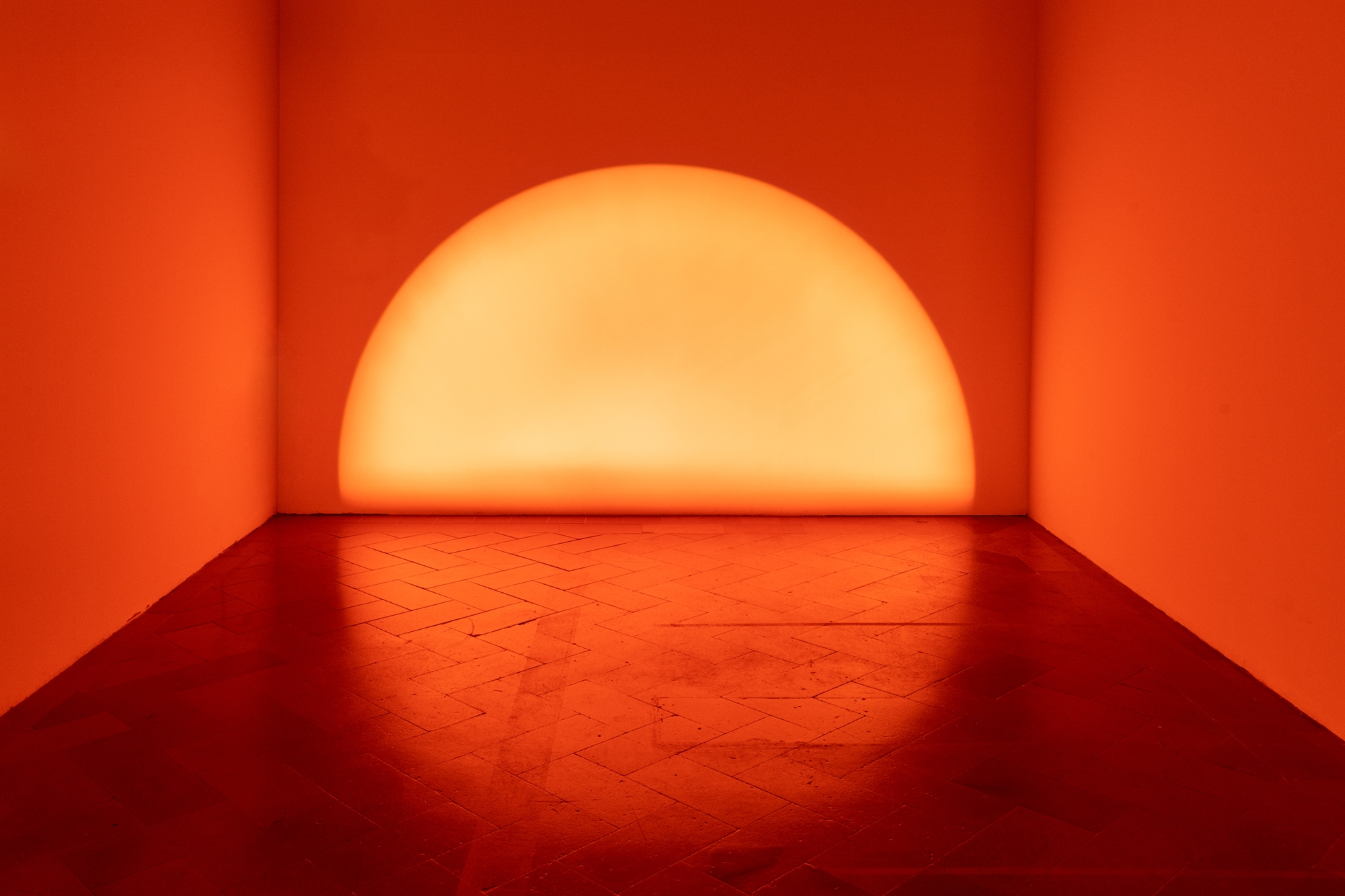
“Kaleidoscopes,” says Olafur Eliasson, “play with the fact that what we see can be easily destroyed or changed. They use the game to show us different ways of seeing the world. In this sense, it can be said that the kaleidoscope represents a new perspective on reality.”
He is a versatile Icelandic artist and the way he expresses himself – through sculpture, painting, photography, film, installation and digital media – has made him one of the most celebrated artists of our time. His art is not limited to museums and galleries, it penetrates public spaces or transforms architecture. He is interested in interaction at many levels – creator, work, audience, space and society – seeking to upend our perception of what we take for granted: light, movement, sensory experiences and feelings towards ourselves and others. Thus, although his star has been shining brightly since 1997, he can be called an artist of the 21st century. An original and forward-thinking, active citizen facing the challenges of his time, such as climate change and the future of the planet, he remains in demand at exhibitions around the world.

During this period and until the end of January, Eliasson meets with his large audience in Florence, in the Renaissance Palazzo Strozzi. It hosts the largest exhibition he has ever presented in Italy, an elaborate work called “Nel tuo tempo” (“In your time”). In fact, the exhibition does not accept the hospitality of the Palazzo, but this is what defines it. Eliasson visited it on numerous occasions and was struck by Renaissance architecture, starting a long conversation with specific 15th-century architecture, “a complex dialogue whose meaning is revealed in the exhibition,” he says. The result fully justifies it, managing to question the distinction between reality, perception and image with its kaleidoscopic gaze.
Upon entering the courtyard of the Palazzo, visitors are greeted by a large elliptical screen hovering about eight meters above their heads, a large elliptical structure over ten meters high. The screen, which appears to flicker and change as visitors walk through the courtyard, is a continuous undulating pattern. This happens whenever two or more similar patterns overlap and collide. As the audience moves, the pattern changes in sync with their movements, encouraging them to move even more. A special work called “Under the Weather”, created this year specifically for this particular space, challenges the austere rectangular architecture of Palazzo Strozzi and enriches its unchanging historical structure.
As viewers pass through the courtyard into the palace halls, Eliasson’s direct dialogue with the building is revealed: he plays with it by adding artificial lighting, fleeting shadows, reflections, ripple effects and bold colors. Apparently, the artist was looking here not for scenery to place his works, but for the building – a co-producer of his works. So, in the first three rooms of the main floor, the windows were replaced with installations that change the light. His interventions are minimal but precise in order to create strong, attractive illusory images that change the atmosphere and the relationship between outside and inside. The light brings out the unevenness of the glass in the windows: bubbles, scratches and dust make its materiality evident, making visitors perceive the glass as a “membrane” that separates the interior from the exterior. This main “mediating” surface provides housing and family life, as well as visual communication, reminiscent of the large Gothic and Renaissance windows of Florentine churches, in which light was seen as a visible manifestation of the divine, a cosmic metaphor for spiritual uplift.
The Palazzo Strozzi in Florence houses an intricate work by an Icelandic artist called “Nel tuo tempo” (“In your time”).
The theme of the circle and ellipse, presented in the courtyard, returns to the interior with two works. “How We Live Together” is a large metal arch that drastically bisects the room diagonally, swapping top and bottom with a simplistic, almost juggling inspiration, while “Solar Compression” is a disc with mirrors on the sides, which is as if hung in space, constantly rotating. The work emits yellow light from both sides of the disk, filling the room with a sense of warmth while reducing all colors to shades of gray and yellow, thereby increasing the perception of detail.

Playing with the colors of the visible spectrum is also the work of “Beauty”, a sparkling rainbow in which beams of white light shining through a veil of mist shatter the other colors of the spectrum, creating a unique vision for each viewer’s gaze. The “Kaleidoscope of the Color Spectrum”, a large polyhedron installed in the same room, is made from pieces of green, orange, yellow, blue and pink glass and was born from the artist’s long-standing interest in geometry and light – an installation reminiscent of magical distortions through multi-colored mirrors in a hexagonal kaleidoscope .


“The process of re-learning how vision works, which includes not only the specific sensation itself, but also the movement of the head, body and brain,” according to Eliasson, is his work Your Point of View Matters (2022), which ends the tour. It uses virtual reality technology to explore bodily perception in a digital space. Wearing a special headset, visitors enter a world consisting of six virtual spaces. Each of the five of them has the shape of one of the “Platonic solids” – tetrahedron, octahedron, icosahedron, dodecahedron and cube, which in Plato’s philosophy symbolized the building blocks of the universe – and the sixth takes us inside a huge sphere. Here, visitors can navigate virtual reality spaces to a minimalist soundtrack created by the artist. The walls and ceilings – some of which are quite colorful, while others are completely black and white – sparkle and appear undulating.
* Until January 22.
Source: Kathimerini
Ashley Bailey is a talented author and journalist known for her writing on trending topics. Currently working at 247 news reel, she brings readers fresh perspectives on current issues. With her well-researched and thought-provoking articles, she captures the zeitgeist and stays ahead of the latest trends. Ashley’s writing is a must-read for anyone interested in staying up-to-date with the latest developments.